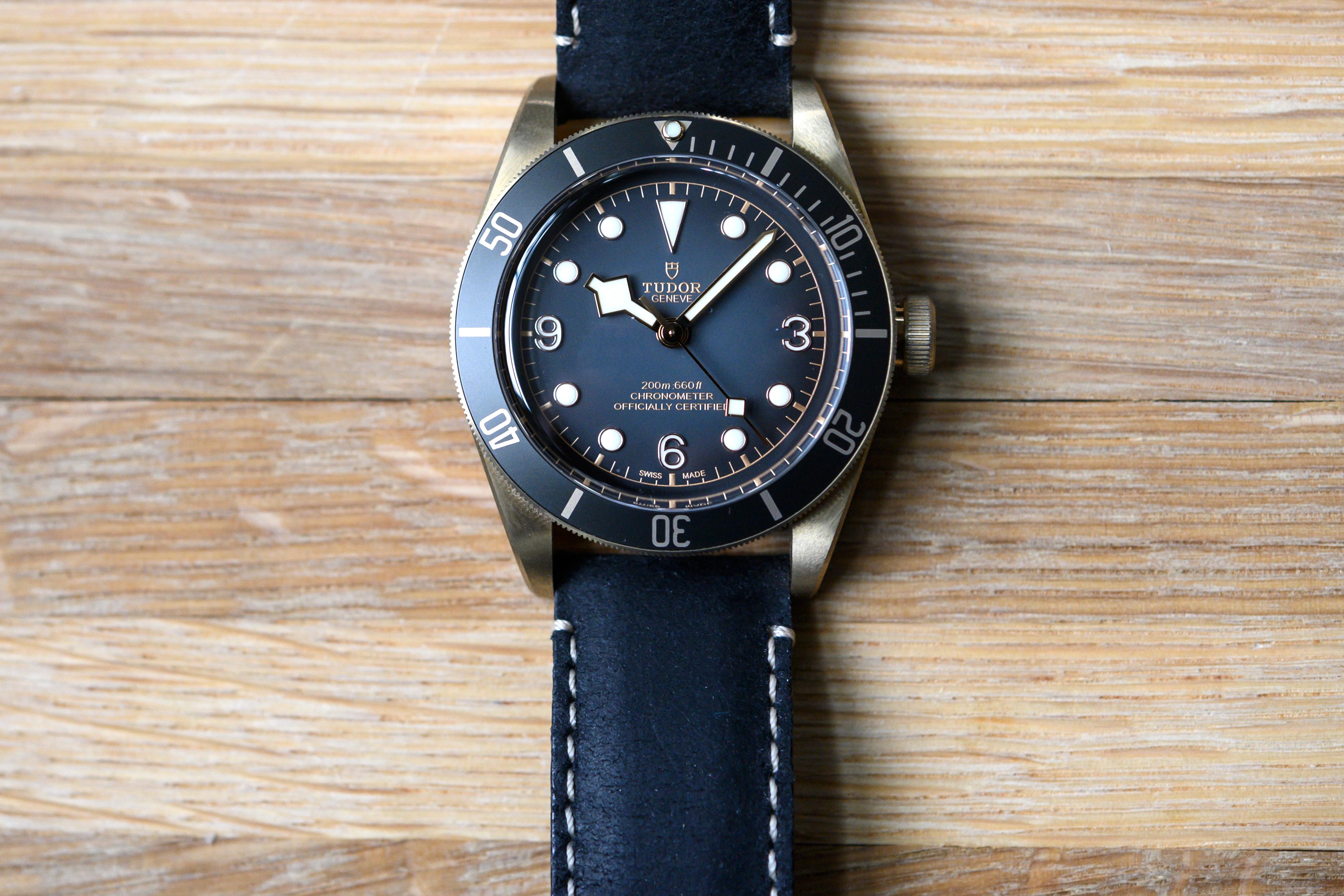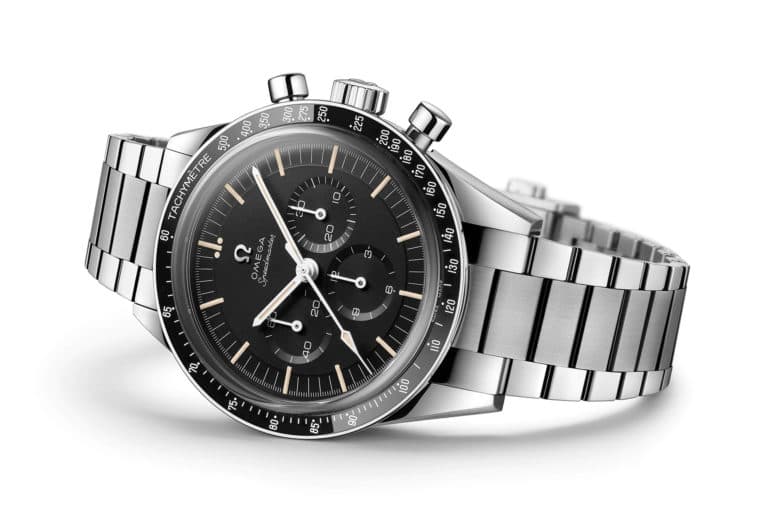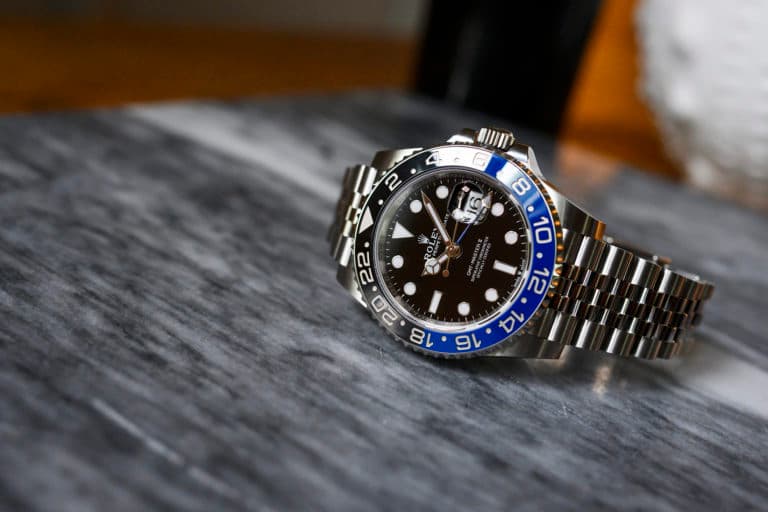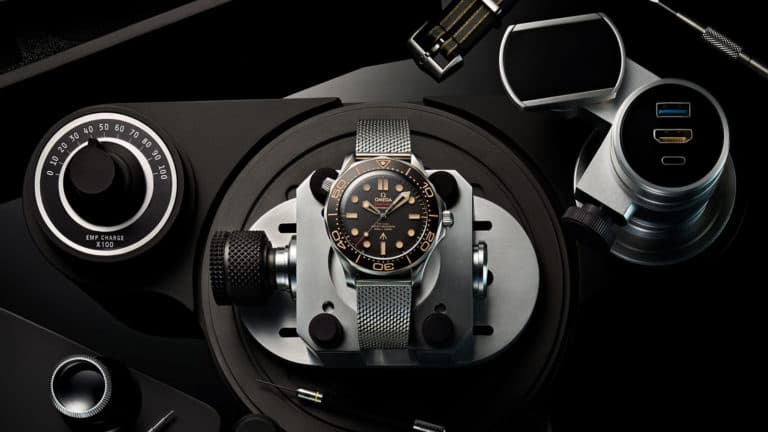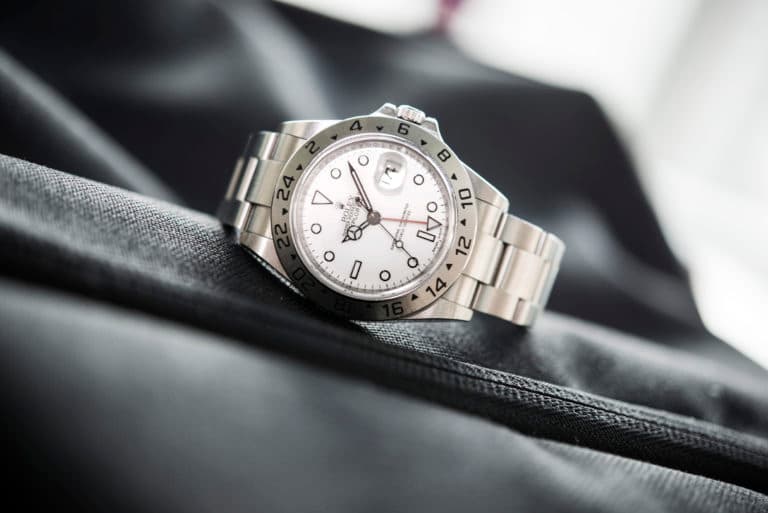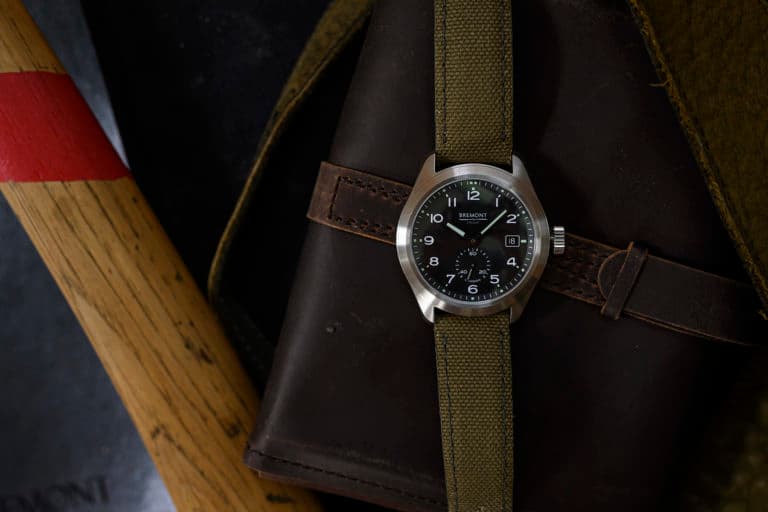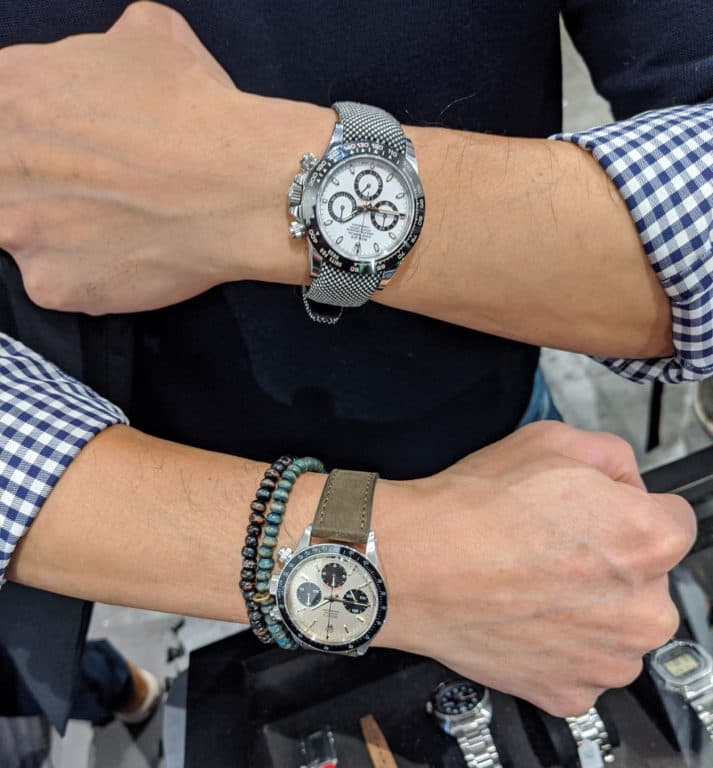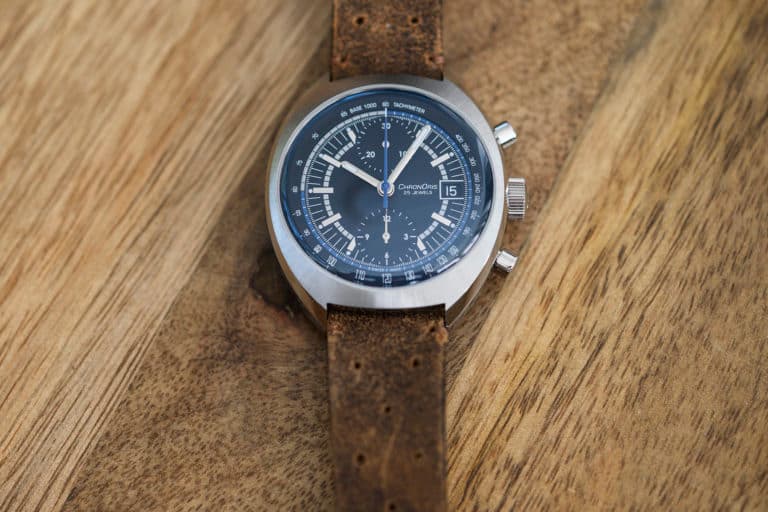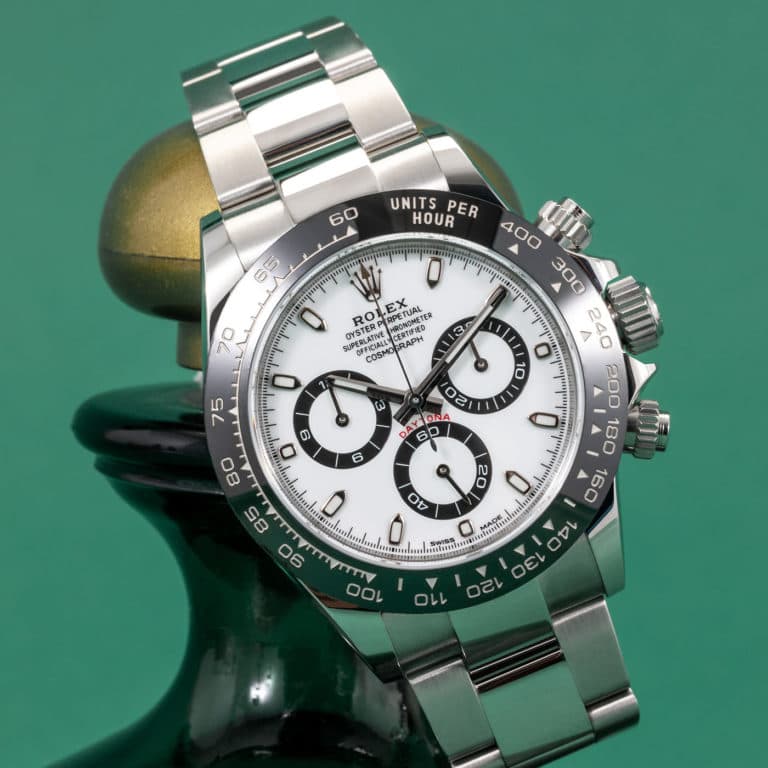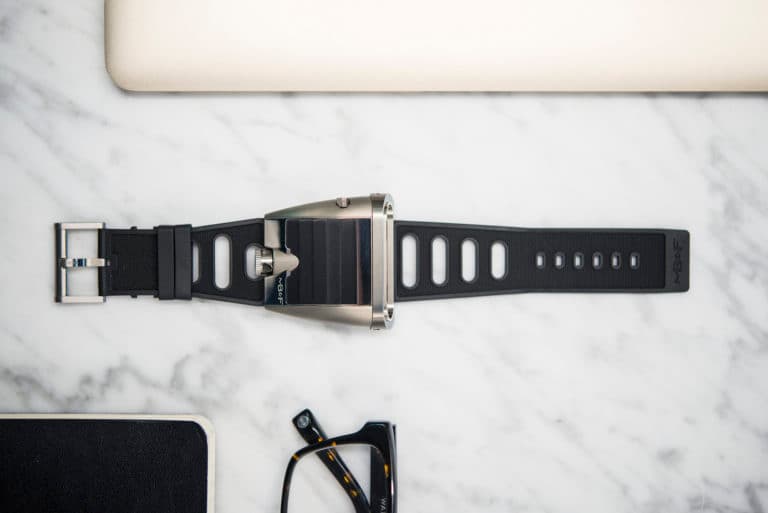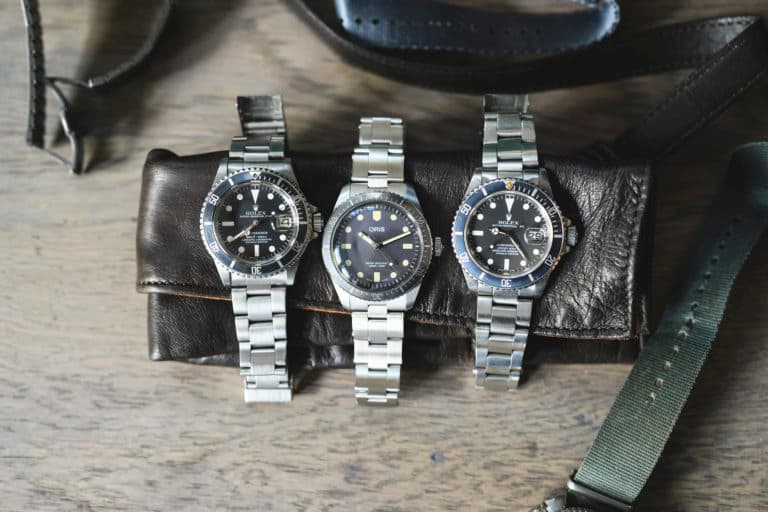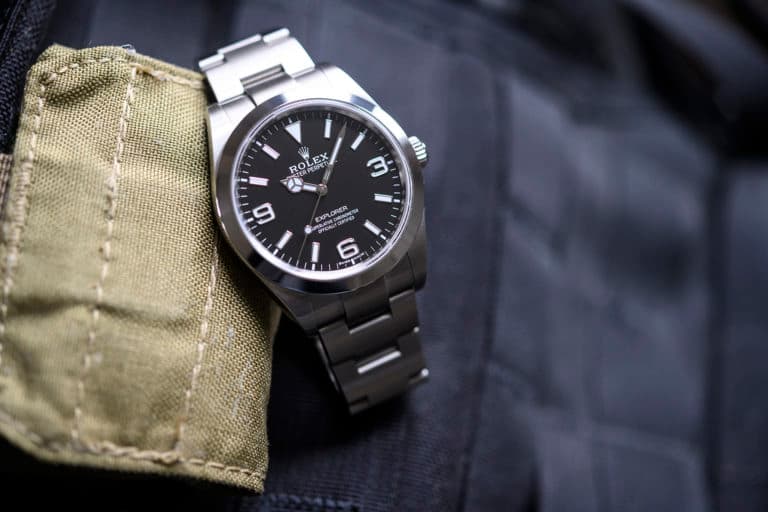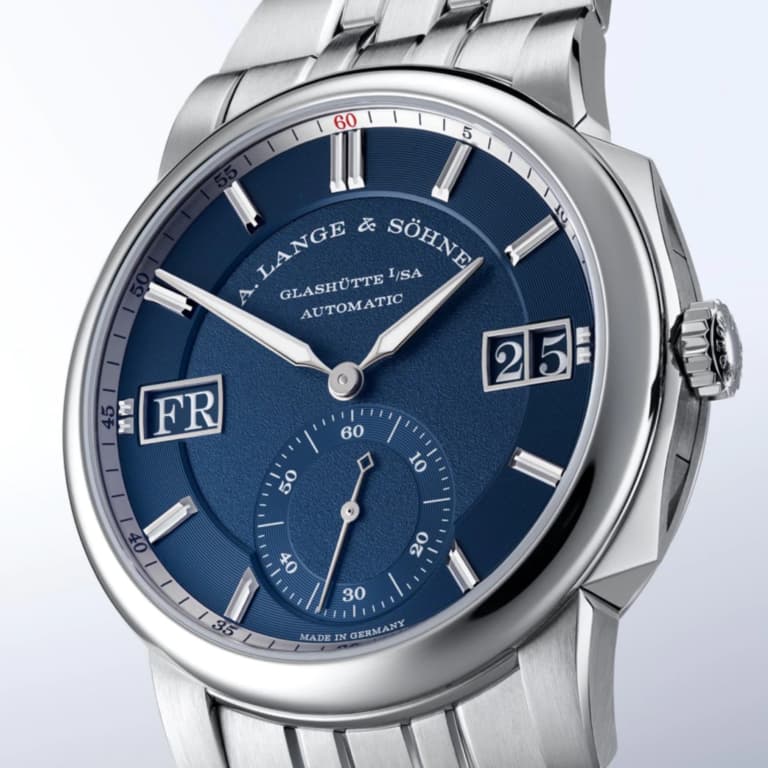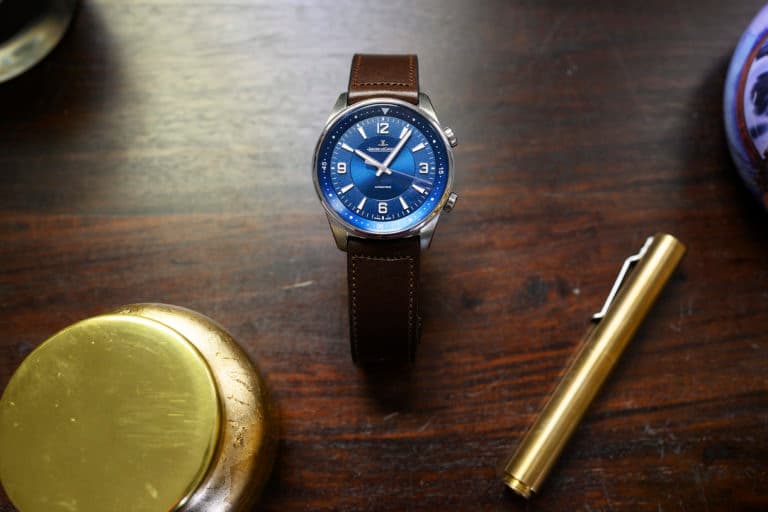For all the talk generated by Tudor at this year’s Baselworld, there was one release that managed to escape the controversy relatively unscathed, and that was a new take on the Black Bay Bronze: a slate colorway. It wasn’t what we were expecting, but it’s watch we keep coming back to. With just a few tweaks, Tudor managed to elevate the Bronze, and in light of all the new Black Bay watches released this year, it’s a watch that now serves as an anchor for the family as a whole. How effective will it be in that role? To find out, we spent some time wearing the new Bronze alongside some of the more classic Black Bay models in recent years.

Background
Tudor launched the first Black Bay in 2012 to much fanfare. It was a simple idea paired with thoughtful execution, and it helped set the brand’s footing in their efforts to re-launch in US markets. The Black Bay served as a ‘greatest hits’ of vintage Tudor Submariners, and proved effective in capturing the spirit of Tudor divers from the ‘50s and ‘60s. The first release features a matte black dial, snowflake hands, gilt dial printing (including the rose at 12 o’clock), burgundy red bezel and crown tube, and a choice of bracelet or distressed leather strap. With an ETA based movement, the price was under $3,500. An attractive bit of kit that set the stage for what is today a family of more than 15 different references and their variations.
It wasn’t until 2016 that Tudor released the Black Bay Bronze. A watch that pushed the Black Bay into new territory, literally. It featured an unapologetic 43mm case constructed entirely of bronze, a warm brown bezel and dial, and 3, 6, 9 Arabic numerals, a callback to the famed Explorer dial Subs found on early Rolex references like the 6538, 5510, and 5512/13. From the beginning, the Black Bay Bronze housed Tudor’s in-house movement, the MT5601 (the base of which first appeared in the Tudor North Flag), an automatic chronometer affair with 70 hours of reserve. No date, no frills, just a workhorse meant to further establish Tudor’s horological chops.

The original Black Bay Bronze from 2016
Up until this year, there have been only 3 variants of the Black Bay Bronze, and one of them is a one-off made for Only Watch. Alongside the all-bronze and brown initial release, Tudor built a blue dial and bezel special edition exclusively for Bucherer retailers. All this to show there hasn’t been a great deal of variety in the Bronze family as we’ve come to expect from regular Black Bay variants. This made the newest release all the more welcome for those who find the Black Bay 41 a bit too small, and the OG Bronze a bit too monotone.
Baselworld & Tudor
To better understand the Bronze Slate, let’s take a step back and set its release into the context of Baselworld and Tudor’s novelties as a whole. When the original Black Bay Bronze premiered in 2016, it was accompanied by the Black Bay Dark and (what was at the time) the ultimate throwback Black Bay with black bezel, red triangle, and gilt dial. It was also the year Rolex dropped their new steel Daytona with ceramic bezel. Needless to say, the Bronze fell firmly into the “also ran” category for the year. Its large case size didn’t help the situation, either. Perhaps this is a watch that didn’t get a fair shake right of the gate. This year was different, however, and the Slate was more of a surprise than anything. We can chalk this up to expectations going into the show this year.
The lead up to 2019’s edition Baselworld saw Tudor teasing what looked to be the return of the Submariner, or at least a new Black Bay with the look of something like the reference 79090. Speculation likely went a little overboard, but it seemed a safe bet we’d be getting a new look for the Black Bay, and maybe even ditching the snowflake hands. Of course, what we got was none of that, with Tudor surprising everyone by releasing the Black Bay P01, a watch that became the biggest controversy of the show. Because of this commotion, the Back Bay Bronze was on precisely no one’s radar.

The Tudor P01, image credit: Atom Moore
The controversial P01 set the stage for the all-of-the-sudden palatable Bronze, which now featured a cool fume slate dial and bezel. Had we gotten a new Submariner style Black Bay, the Slate Bronze would have undoubtedly taken a back seat. But here we are, admiring the new Black Bay Bronze Slate as maybe the best thing Tudor released this year. Until we get our hands on the P01 to see for ourselves, that is.
The Black Bay Bronze Slate
The Black Bay can be had in a number of configurations and with a variety of complications, from simple date and time watches, to GMTs and Chronographs. Each are unmistakable as Black Bay (excluding the P01) family members, but the Bronze stands apart. This is thanks in large part to the increased case dimensions, which are 43mm in diameter, and 15mm in thickness. Additionally, it’s the only Black Bay to employ the use of Arabic numerals on the dial. It adds up to a bit of an outlier in the family, but the design language is all there, from the snowflake hands to the old-school dive watch proportions.

The dial of the Bronze Slate is the real star of the show here, and if we’re being honest, the only thing “new” about the watch. But while earlier variants of the Bronze were one dimensional, with warm brown tones on the dial and bezel offering little contrast with the case, the newest example strikes an even balance between cool greys that compliment the bronze case. Grey is plural there due to the fume or gradient dial that is dark at the edges and lighter in the center. It’s subtle but noticeable, and the range of value strikes a lovely balance. It’s a welcome change that gives the Bronze a much broader appeal.

A nice side effect of the new dial is the improved legibility. While the original was strong here, the new found dial contrast makes it even better. Also credit the 3, 6, and 9 Arabic numerals on the dial, a callout to an important bit of Submariner history. The arrangement appeared on some of the earliest Rolex Submariner references, from the 6200 to early 5512s. Ironically, the Arabic numerals never appeared on early Tudor Submariners, which makes the Black Bay Bronze the only such occurrence on a Tudor time-only dive watch. The larger diameter of the dial means the numerals can be well proportioned without crowding the dial. As cool as it would be to see them appear on something like a Black Bay 58 (where it would feel more historically relevant), executing properly would be a challenge.

Rolex Submariner ref 6200, image credit: RolexPassionReport
Moving to the inside, we’re met with the Tudor built caliber MT5601, which is based on the MT5612 found throughout the Black Bay and Pelagos families. The architecture is a relative newcomer so long term reliability and serviceability are still in a grey area, and this isn’t something we’d mention were it not for the fact that Tudor makes a hard point about their independence from Rolex when it comes to the design and manufacture of these movements. Were Tudor to lean into the expertise Rolex has established over the past generation, they may have an easier time getting buyers to feel comfortable in making the leap with a yet unproven caliber architecture.

That’s not to say this isn’t a worthy and capable movement. It’s got a lot going for it, like 70 hours of power reserve, an anti-magnetic silicone hairspring, and it’s a COSC certified chronometer. By all indications there is nothing to be worried about here, and it should be a stand in workhorse as found in dateless configuration within the Black Bay Bronze. Winding and setting are smooth and time keeping is bang on as you’d expect. The lack of a date, while slightly impractical, keeps the dial clean and symmetrical.
On The Wrist
Let’s get this out of the way, the Black Bay Bronze is a big watch. But it’s not that big. For my 7 inch wrist, it wears slightly uncomfortably, but I’d have no issues recommending the watch for folks who prefer larger watches or have larger wrists. At 43mm in diameter, it sits just north of a “normal” size. The height of the case (15mm) is another factor that adds to the difficulty when it comes to daily wear.

The bronze case is no lightweight and, when paired with the physical dimensions, means this isn’t a watch that disappears on the wrist when not in use. This means you’ll notice it when going about your daily activities (assuming you use your hands at all). That doesn’t mean it’s uncomfortable, it’s just noticeable. Adding to this is the 22mm lug span, which makes for a broad strap presence on the wrist. If you’re used to wearing Panerai watches, you’ll feel right at home here, and you’ll likely find a lot of straps that will look great on the Bronze Slate.

At the end of the day, the Black Bay Bronze Slate may not be the best option for daily wear duties due to its size and bronze case, but it does make for a great weekend option, and depending on your style, could fit nicely into a weekly lineup so long as you don’t mind a little heft on the wrist.
Competition
The Tudor Black Bay Bronze is available now and retails for a $4,050. For that money, there are some viable alternatives you might want to look at before jumping into the Tudor. We rounded up some of the best of them available now on StockX.

This is a watch we’ve reviewed and found to be a lot of watch for the money. It matches up well next to the Black Bay Bronze, but differs in a few key ways. Most obviously, it has a steel case, not bronze, so the look will be a bit more neutral, for better or worse. It does have an in-house movement like the Tudor, and it even has a ceramic dial, which sets it apart from pretty much every other watch out there at the moment. It’s a dedicated diver and wears a touch smaller than the Tudor thanks to a lighter case.

They don’t make it like this anymore. Seriously. The outgoing base PAM models have ditched the sandwich dials in favor of applied print, and have lost a good bit of their character in doing so. The PAM111 is 44mm in diameter but has truncated lugs making it wear quite similar to the Bronze in size. It’s got the same thick straps situation, and simple legible dial as the Bronze, but it does not come with an in-house movement, instead using the well understood, time proven, and hand wound ETA 6497/2, which is visible through the back. If you’ve always wanted to try a Panerai, this is the one to get.
Conclusions
The Black Bay Bronze Slate is a welcome addition to the ever growing Black Bay family. It represents a marked improvement over the original model, while not compromising on what made that one great. The colorway works surprisingly well, with the fume dial serving as a beautiful centerpiece. Tudor’s impressive manufacture movement, while unproven over the long haul, adds a lot of value for a watch at this price point. At 43mm in diameter and 15mm thick, the size will turn some off, but if you’re on the fence, it’s worth trying this one on.

Would we be talking about this watch as much were it not for the controversial Basel releases from Tudor? Perhaps, but this is a watch that stands tall on its own merits, and while it doesn’t take away from the sting of not seeing a new Sub or even new colors for the 58, the Bronze Slate is another fantastic offering from Tudor.
Bid on the Black Bay Bronze Slate on StockX right here.


